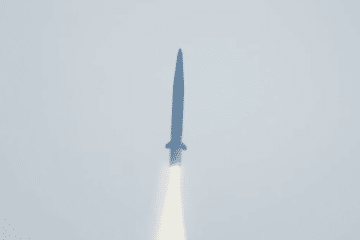Called locally “Maritime Surveillance Radar-II” (해상감시레이더-II), the system is installed on major coastal and island areas to detect ships and aircraft. It is linked with the centralized C4I system of the ROK Navy and port surveillance system (of the Korea Coast Guard) to share the track information of assets detected on and above the waters around the Korean Peninsula.
The new system replaces older radars developed in cooperation with the United States and fielded in 1983. Due to the obsolescence of technology and the aging of the existing equipment, the accuracy of target identification decreased. There were also growing challenges in supporting and maintaining these old, analog systems for long-term operation.

According to DAPA, the newly developed Marine Surveillance Radar-II has greatly improved the stability and performance of the equipment compared to the existing radar thanks to the operational feedback from the ROK Navy who has operated the previous system for 30 years.
In particular, its ability to calculate bearings and distances has been improved, resulting in improved detection and accuracy, as compared to existing radars, greatly improving the ability to isolate and identify adjacent targets.
In addition, by applying a radome with a protective cover on the outside of the radar antenna, the ROK Navy will now be able to operate the coastal surveillance radar without interruption (without being affected by strong winds and typhoons).
The new system has a great deal of localized content (such as high-power transmitter) and will be available for export.





